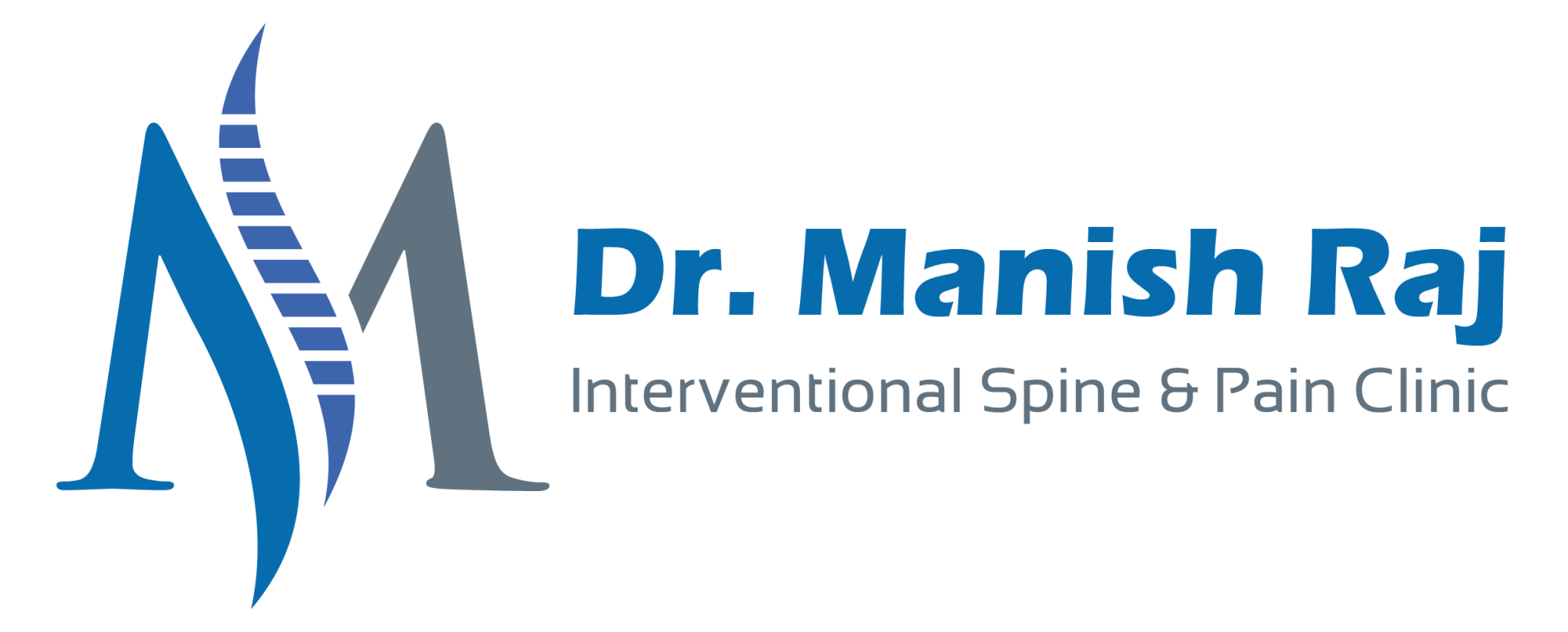Joints Pain Treatment
Differentiating ourselves through precision and innovation, our clinic specializes in cutting-edge techniques tailored to specifically address the root causes of joint discomfort. Our approach goes beyond conventional methods, prioritizing state-of-the-art, minimally invasive procedures that provide targeted relief. What sets us apart is our commitment to personalized care – our expert team crafts individualized treatment plans, ensuring not only immediate relief but also lasting results. Choose our Pain Clinic for an unparalleled experience in joint pain management, where expertise and innovation converge to set new standards in interventional care.
Book An Appointment
Fill out the form below or call us at +971 50 480 4987 or email us at [email protected] to book an appointment with us.

Joints Pain Treatment
Some of conditions causing knee pain. We strictly advise to take expert opinion on diagnosis & treatment.
Knee Joints Pain
Temporary knee pain is different from chronic knee pain. Many people experience temporary knee pain as a result of an injury or accident. Chronic knee pain rarely goes away without treatment, and it isn’t always attributable to one incident. It’s most often the result of several causes or conditions.
Physical conditions or diseases can cause knee pain. These include: osteoarthritis, tendinitis, bursitis, chondromalacia patella, gout, Baker’s cyst, rheumatoid arthritis (RA), meniscus tear, torn ligament.
Shoulder Joint Pain
What most people call the shoulder is really several joints that combine with tendons and muscles to allow a wide range of motion in the arm — from scratching your back to throwing the perfect pitch.
Mobility has its price, however. It may lead to increasing problems with instability or impingement of the soft tissue or bony structures in your shoulder, resulting in pain. You may feel pain only when you move your shoulder, or all of the time. The pain may be temporary or it may continue and require medical diagnosis and treatment.
Consult Spinomax Pain & spine Center to find out best knee pain treatment for you.

Dr. Manish Raj
MD, DA(Gold Medal), FENDS, FIAPM, FISP, FPM
MEET YOUR DOCTOR
Read Our Patient Opinion
OUR AFFILIATIONS







